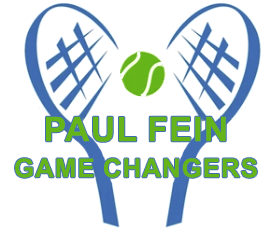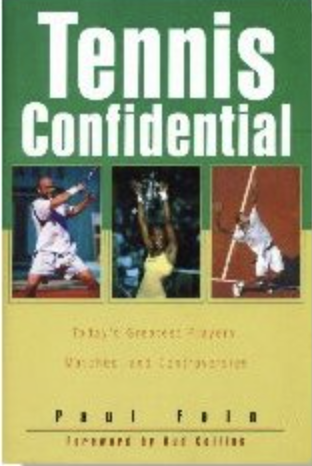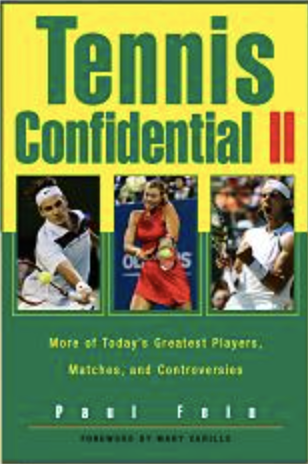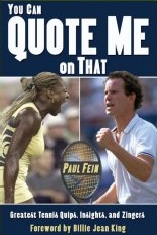Which Tennis Statistics Matter Most?
Hits: 60
During Amanda Anisimova’s first-round loss to Shelby Rogers at the Miami Open, a Tennis Channel analyst informed viewers that this year she has hit 54% of her groundstrokes crosscourt. The tall, 20-year-old American was touted as a potential future star when, as a 17-year-old, she beat 15-year-old phenom Coco Gauff in the US Open girls’ final. Unfortunately, the untimely death of Amanda’s father and assorted injuries derailed her. Though she peaked at No. 21 in 2019, she currently ranks No. 47.
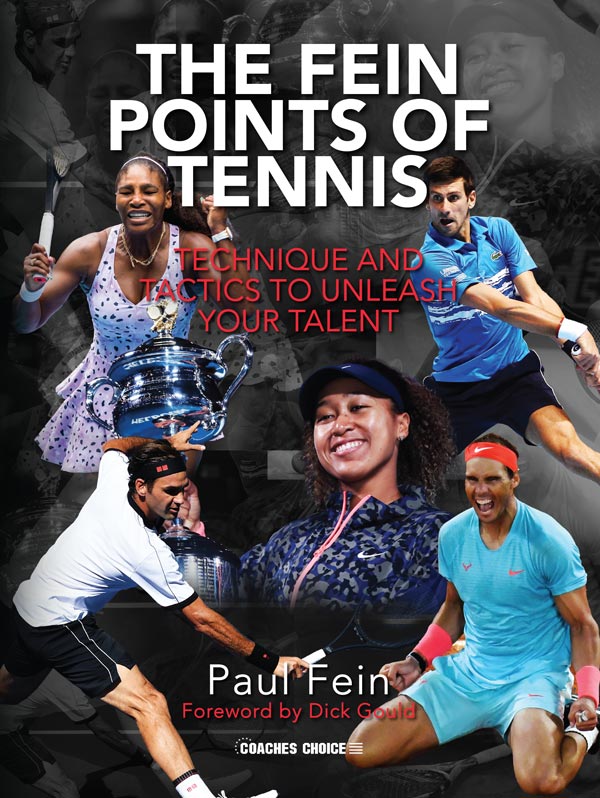
I wondered if this stat was one key to her inconsistency. Amanda is a power player who can serve over 110 mph and hit groundstrokes in the 80s. But her biggest problem is the lack of a reliable kick second serve and flat groundstrokes, especially her backhand. All three strokes, as a result of insufficient topspin, are inconsistent. Her low-trajectory groundies too often hit the top of the net, and when they’re hit too hard, they sail deep. Nobody asked me, but I would recommend she direct about 67% of her groundstrokes crosscourt and the same 67% of her serves wide.
Why? Crosscourt groundstrokes are much-higher percentage shots than down-the-line shots during baseline rallies. Why? Because the ball crosses the lowest part of the net, but more importantly, because the longest diagonal distance is 4.5 feet longer than the 78-foot distance for down-the-line shots. Empirically, I’ve observed that Amanda, much like Venus Williams, makes way too many errors on down-the-line shots that would be decreased significantly if she hit more shots crosscourt. The same reasoning holds true for her serves, particularly her second serve.
My assertion about 67%, however, is far from dogmatic. Other variables include her opponent’s strengths and weaknesses, how well Amanda is hitting these three strokes in a given match, the wind, the game score and the point score, her position on the court, and so forth. For example, if she’s hitting terrific slice serves in the deuce court, the percentage could increase to 75 or even 80. Similarly, if her backhand crosscourt is on fire, she should increase that, too. Conversely, if she’s blasting forehand down-the-line winners while hitting very few unforced errors, she should increase the percentage to 40 or even 45%.
Another factor to consider is that court coverage and defense are Amanda’s weaknesses. That means she sometimes is forced to go for winners when other faster and more agile players can retrieve and hang in the point longer. On the dead run and behind or even outside of the alley, a down-the-line shot is often the only possible shot for Amanda. That fact can skew her statistics somewhat.
One stat Amanda and her team should note is percentage of return games won. Here, she ranks only No. 47. An even more troubling stat is that Amanda ranks No. 87 in the percentage of points won when she returns second serves. Why? Is she missing second serves, or missing shots in rallies after she returns second serves? That has to be researched and analyzed.
Finally, consider this: world No. 1 Iga Swiatek has won 62.8% of the points when she returns second serves—compared to only 53.2% for Animisova. That is a big reason—though there are certainly other major reasons—why these two players are ranked where they are.
The moral of this story is that statistics matter. But even the most important statistics must be broken down more to learn more. The Fein Points of Tennis devotes a chapter to statistics because stats have become an increasingly important part of tennis coaching and playing.
